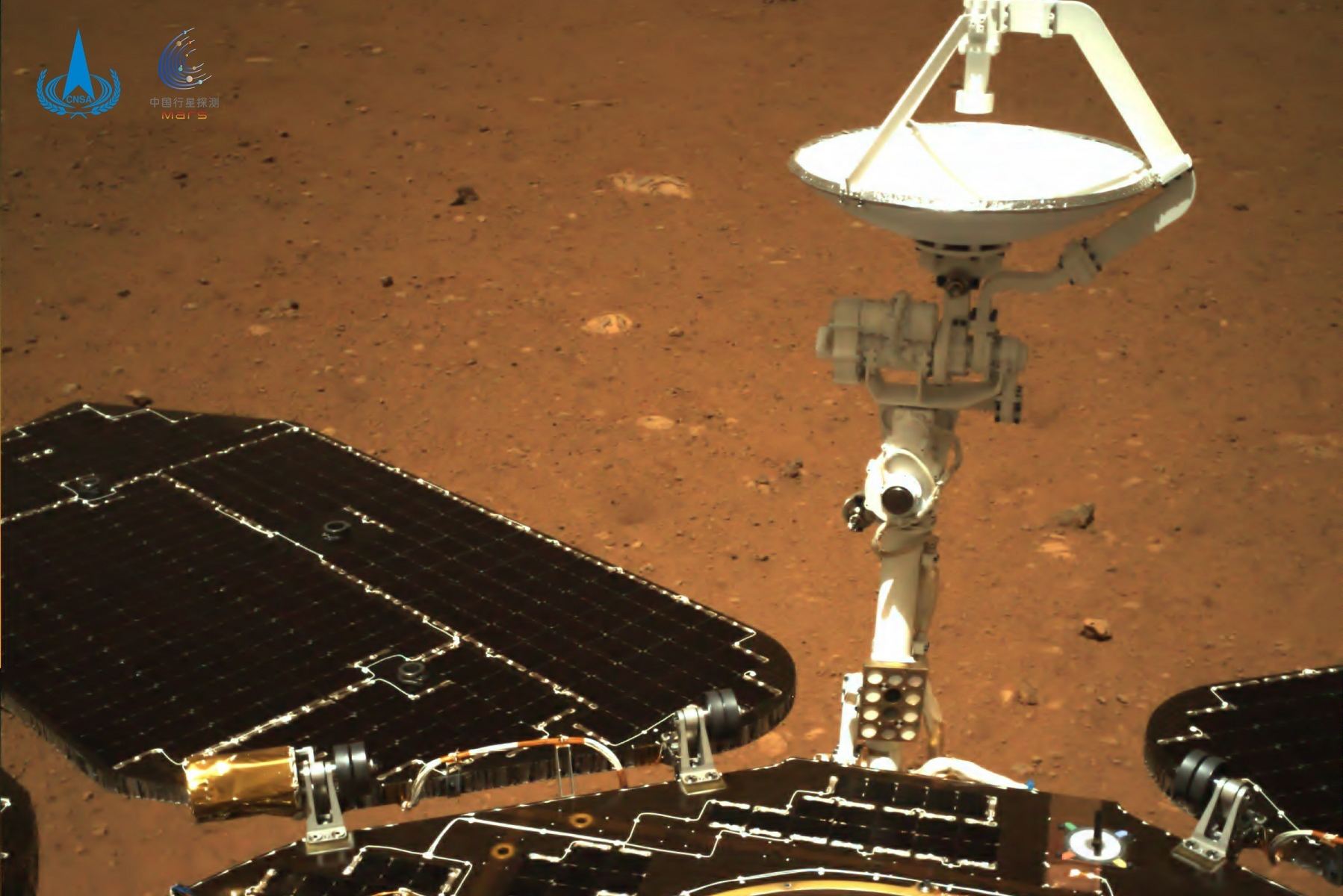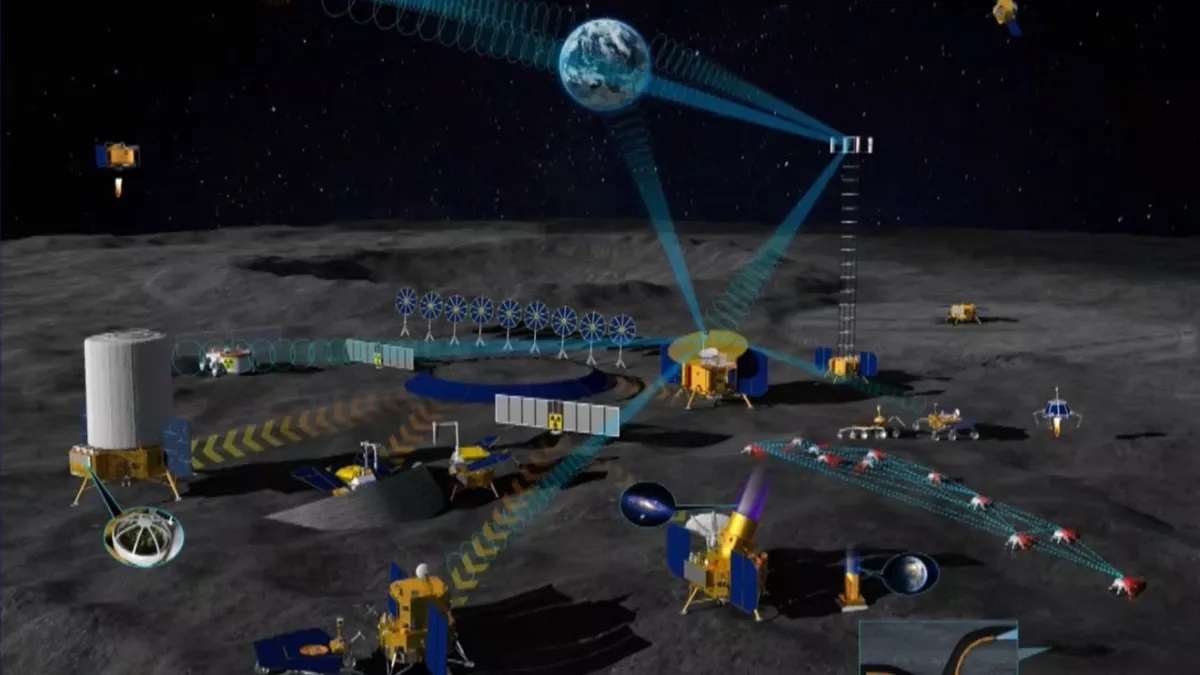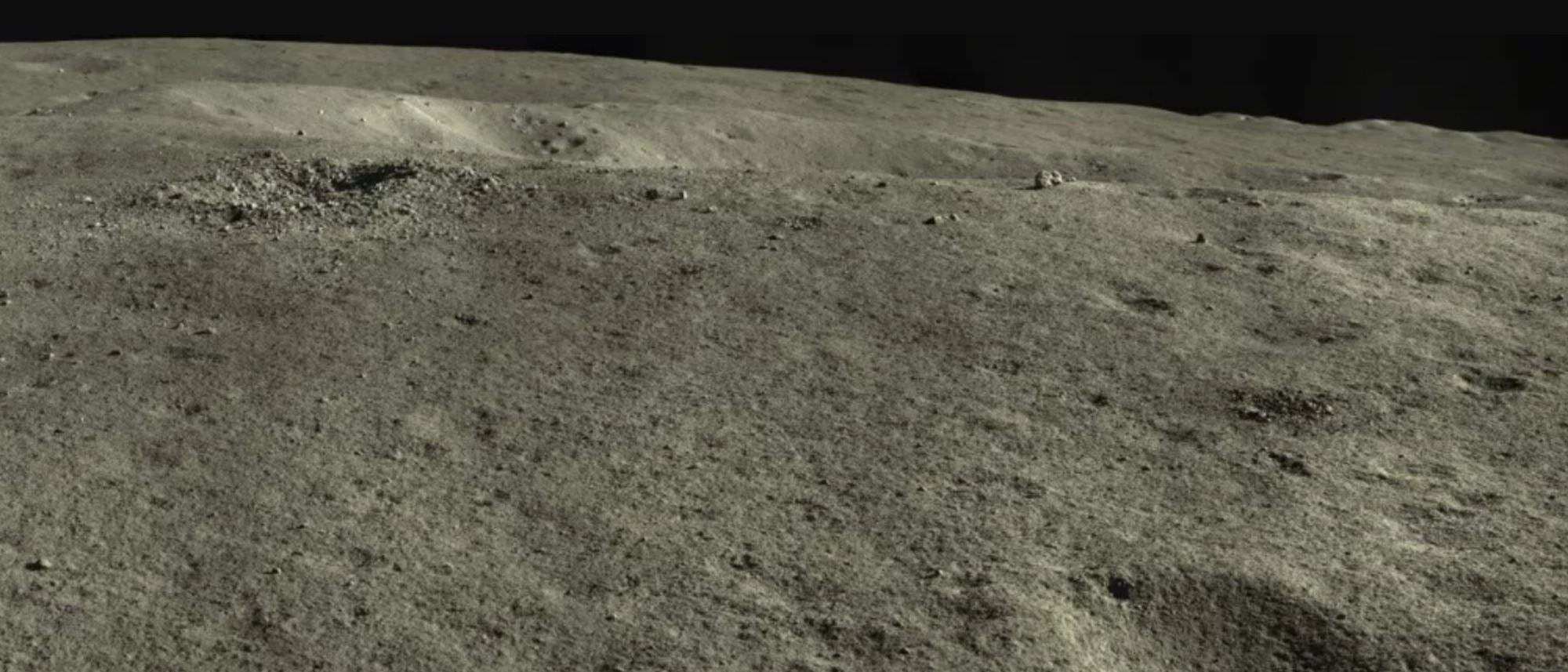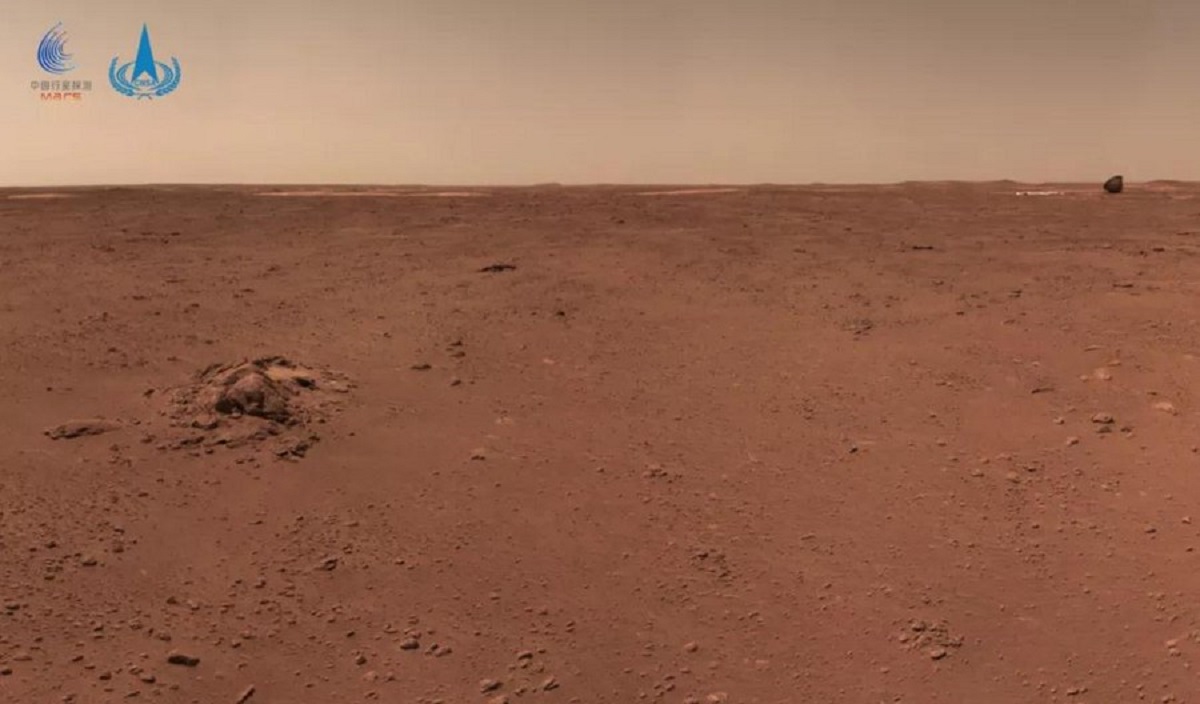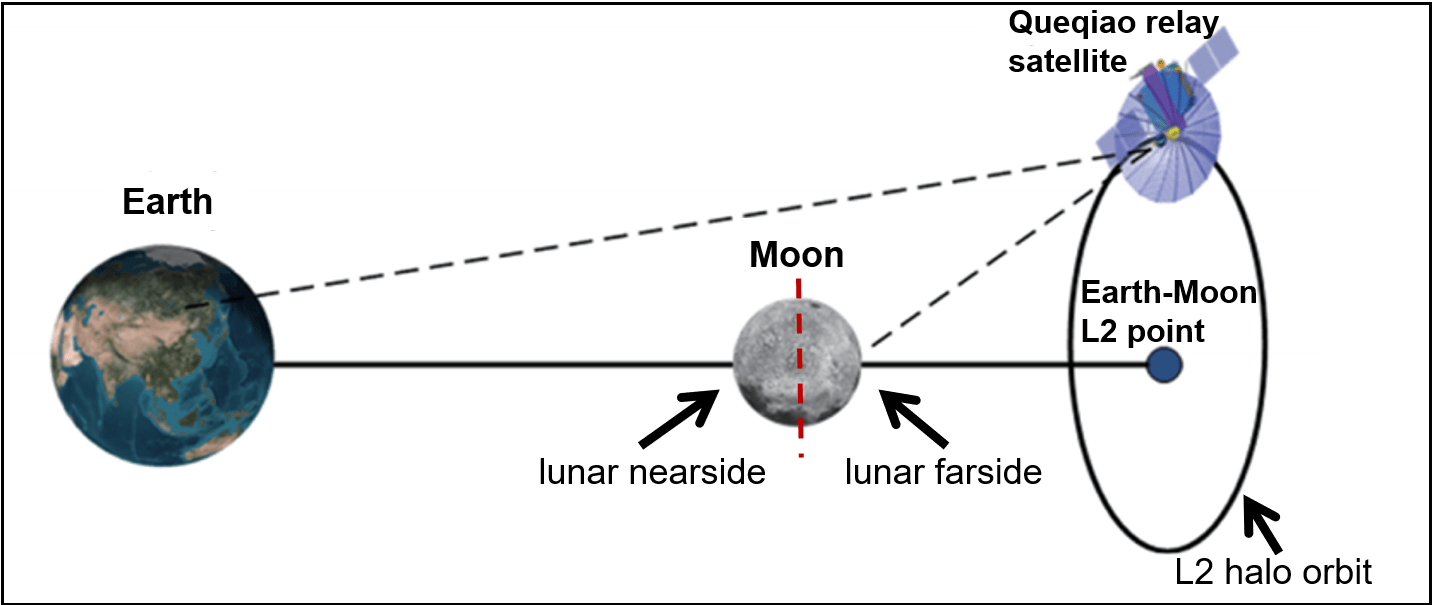While NASA’s Mars Sample Return mission has experienced a setback, China is still moving forward with their plans to bring home a piece of the Red Planet. This week, officials from the China National Space Administration (CNSA) announced their sample return mission, called Tianwen-3, will blast off for Mars in 2028. It will land on the surface, retrieve a sample, and then take off again, docking with a return vehicle in orbit. They also announced another mission, Tianwen-4 will head off to Jupiter in 2030 as well as unveiling a conceptual plan for China’s first mission to test defenses against a near-Earth asteroid.
The announcements were made this week at the second International Deep Space Exploration Conference, also known as the Tiandu Forum, held in China. China says the conference promotes international cooperation for future large-scale missions.
Continue reading “China Will Launch its Mars Sample Return Mission in 2028”

